Gluten-free Baking Tips
A lovely chat with Alexandra Cook from It’s Not Complicated Recipes on success with gluten-free baking.

Today we are having Alexandra Cook as a guest on the blog to tell about her journey going gluten-free and share some awesome tips with you on Gluten-free (GF) Baking!
Let’s start!
Meet Alexandra!
My name is Alex, and I am a food blogger from South Australia. I have always loved cooking and writing, but it was only about three years ago when I decided to start my blog that I realized it was what I really wanted to do with my life! I also love to travel and read and learn about different cultures and cuisines.
Hi Alex! I’m so excited to have you as a guest on my blog. I have seen your work with gluten-free baking and I’m a huge admirer of your recipes and the amazing pictures you share on your blog and Instagram. My readers are going to love having you here and learning from your experience with gluten-free baking.
What is the best advice you would give for new bakers baking gluten-free(GF) cakes and cookies?
Once you are familiar with GF baking, you will find that you are able to convert a lot of regular recipes to gluten-free. However, when you are are first starting out, I recommend using recipes that are designed to be gluten-free. This will help you get familiar with tried and tested gluten-free baking in the first instance.
Ensure your flour blend contains guar gum, xanthan gum or similar. These gums are used to replace the elasticity that gluten provides to a recipe, and is essential in gluten free baking.
What is a common mistake that bakers make when baking gluten-free cakes and cookies?
Trying to replace all purpose flour with something like rice or corn flour, for example. You will find in gluten free baking that a lot of the time the flours used are a blend of 2-3 or sometimes more flours. Simply replacing with one flour can alter the taste and texture of the finished product.
What challenges did you face initially with gluten-free baking?
There was definitely a learning curve when it came to gluten free baking. Learning about the science of GF baking was interesting, but also meant there was a lot of trial and error involved when it came to developing recipes.
Some of the challenges we faced included having cakes sink, as they just didn’t have the same structure that gluten provides, or the finished product being too dry and crumbly.
What are a few important ingredients to make gluten-free baking a success?
A good quality flour blend is one of the most important things to have on hand. You can purchase a commercial flour blend, or make your own. Try a few different brands, and see what you prefer. If you do a lot of baking, you may find that it is more economical to make your own blend. When you are first getting used to gluten free baking, however, I would recommend starting with a commercial flour blend.
What are your best tips for going gluten-free?
Be careful of cross-contamination – if you are baking for someone who is gluten free or a coeliac, ensure you are not allowing any traces of gluten into your recipes by using the same kitchen appliances which may contain traces of gluten.
Try things – but don’t give up if something fails! And always remember, that if something is a fail, you might not need to throw it out. For example, if a cake is too dry, repurpose it in a trifle. If your bread doesn’t work, turn it into croutons or bread crumbs. If your cookies are too dry, grind them up and use them in the base of a cheesecake or as a pie crust.
This goes for all baking, but make sure you’re familiar with how your oven functions. I recommend an oven thermometer to ensure your oven is heating to an accurate temperature. Keep in mind that all ovens vary, and that your baked goods may take longer or less time than the recipe suggests.
Try recipes that contain almond or nut meal, as this can add extra moisture to baked goods. Similarly, sour cream and yoghurt can be a great addition to baked goods. Consider swapping granulated sugar for brown sugar if appropriate. Gluten-free baking can be a little dry, but the addition of these ingredients can make a big difference.
When baking cakes, you may wish to try a ring tin or bundt tin to ensure that your cake does not sink in the middle.
Anything important that you would want readers to know?
Always read the labels on food and ingredients – many ingredients you may assume are naturally gluten free might not be. A couple of examples include corn flour, baking powder and icing sugar – some brands use a wheat based product as a filler.
When did you start baking without gluten and why?
I started gluten free baking about 15 years ago. At that time, there wasn’t a lot of gluten free options available, and those that were, honestly were not great! My Mum was advised not to eat gluten. At that time, she had also set up a gluten free catering company, so we began developing recipes for GF baked goods.
Thank you Alex! It was so good to have you as our first guest on the blog starting off this series on Baking and Business Tips.
Thank you for sharing such amazing tips and recommendations. These are going to be very helpful for the readers who are interested in and want to pursue gluten-free baking.
Best GF Recipes from www.itsnotcomplicatedrecipes.com
Both are super simple and very delicious!
Pin this post for reading later:
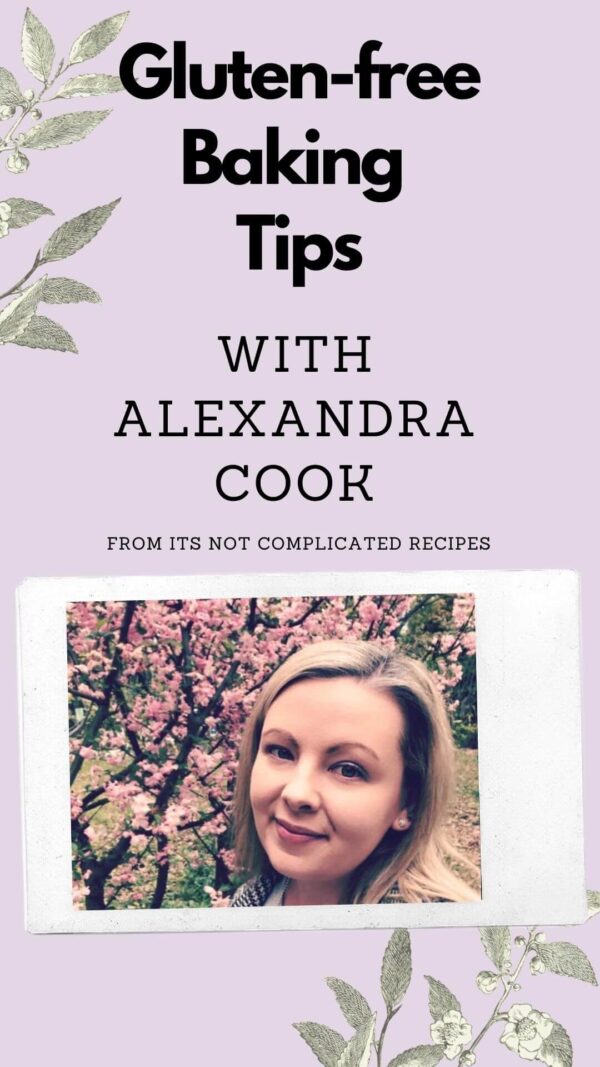
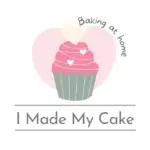





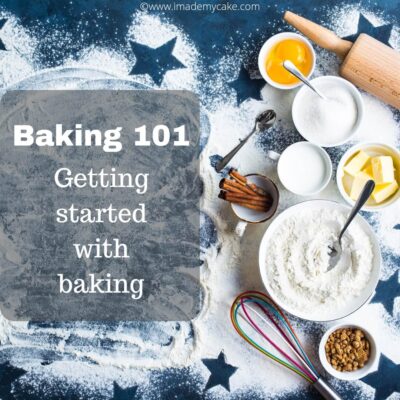
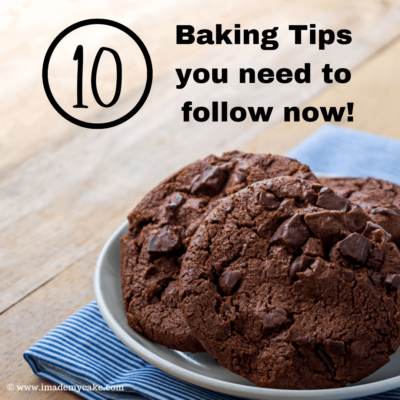
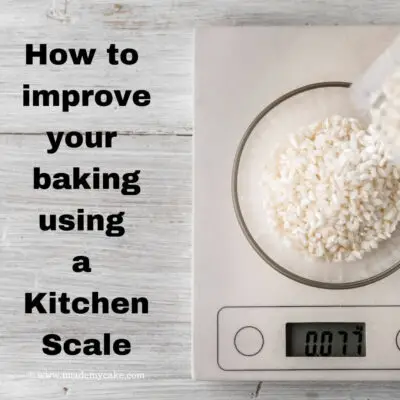
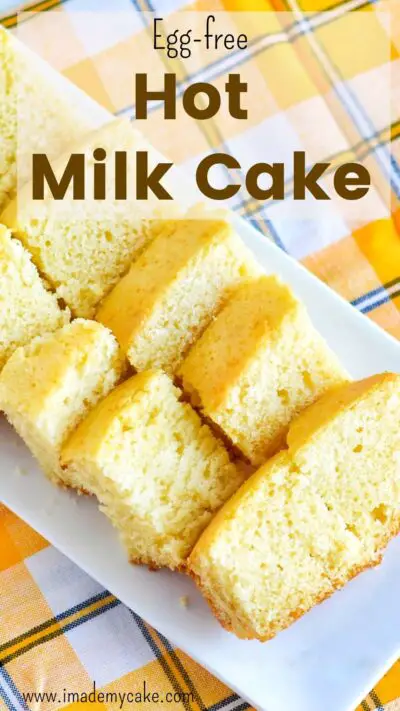
Leave A Comment